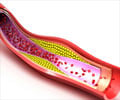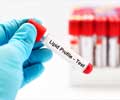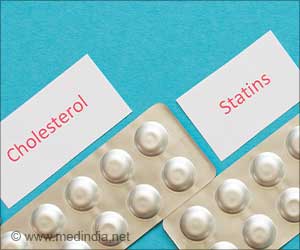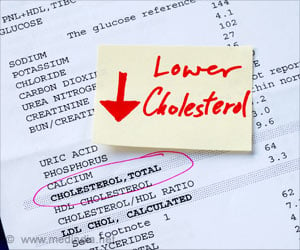Johns Hopkins researchers say that they have gained significant insights into the mechanism whereby a single-celled fungus regulates its version of cholesterol.
Writing about their work in the journal Cell Metabolism, the researchers say that their work may help better understand the target and action of cholesterol-lowering drugs taken daily by millions of people to stave off heart attacks and strokes.Statin drugs inhibit an enzyme, HMG-CoA reductase, to lower blood cholesterol.
The researhcers say that a yeast called fission yeast, so named because they divide in the middle, is a good model for delving fast and deep into molecular details of how mammalian cells regulate HMG-CoA reductase.
They have thus far found that in these yeast, the regulatory protein Insig also regulates HMG-CoA reductase but does it differently.
According to them, Insig degrades this enzyme in mammals-essentially destroying it-while in fission yeast, Insig inactivates the enzyme simply by promoting the attachment of a phosphate.
"This is a surprising fundamental difference," says Peter J. Espenshade, a physiologist in the Department of Cell Biology and member of the Center for Metabolism and Obesity Research at the Johns Hopkins University School of Medicine.
Advertisement
As in humans, Insig in yeast limits cholesterol production by inactivating the enzyme HMG-CoA reductase.
Advertisement
According to them, stressed fission yeast activated a protein called MAPK which, partnering with the protein Insig, attaches a phosphate onto the enzyme HMG-CoA reductase by a process known as phosphorylation and shuts down cholesterol manufacture.
The researchers say that their findings shed light on how a cell can change cholesterol production in response to a stressful environment.
"In this study, we not only learned something new about how Insig works and cholesterol biology, but we also found a rare example of a MAPK controlling a biosynthetic enzyme," Espenshade says.
By studying Insig control of HMG-CoA reductase in yeast, the researchers hope to inform improvements to the efficacy of statin and other cholesterol-lowering therapies.
Source-ANI
LIN













